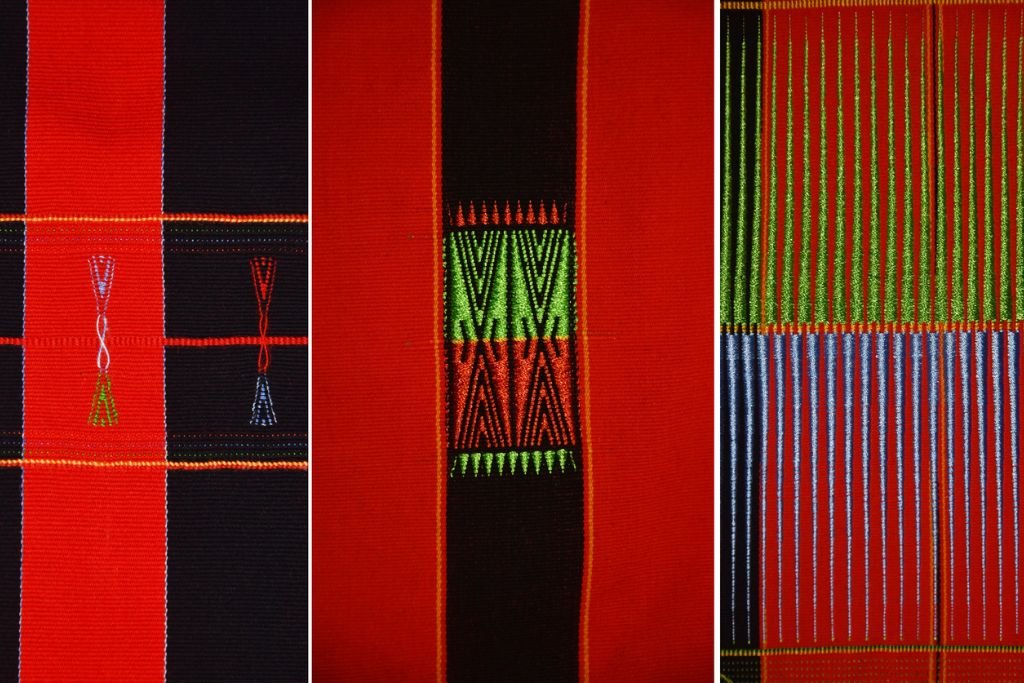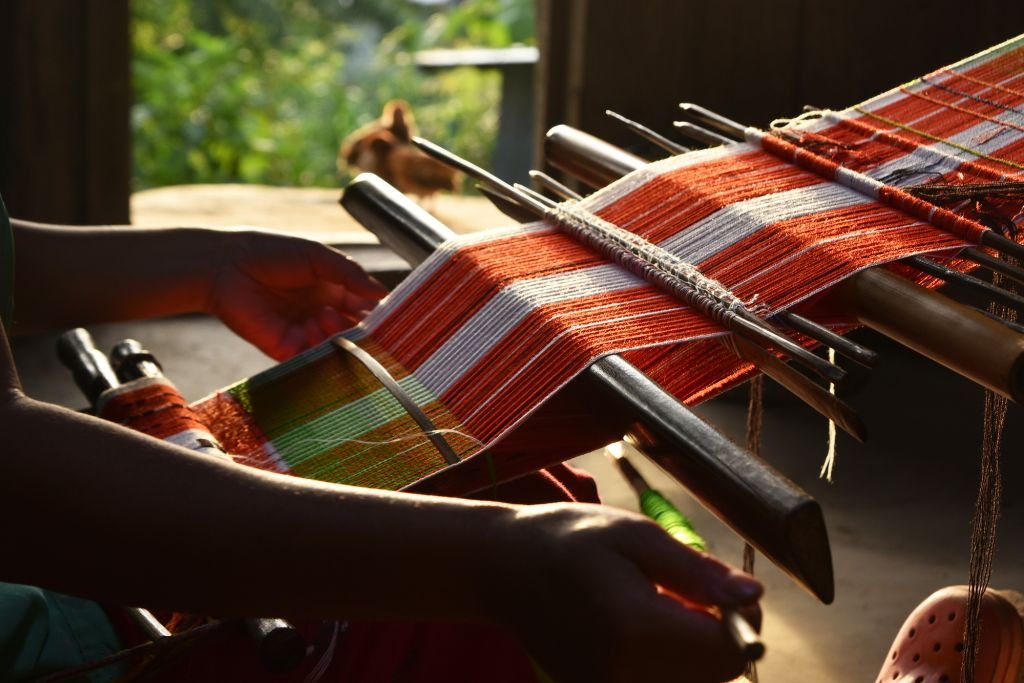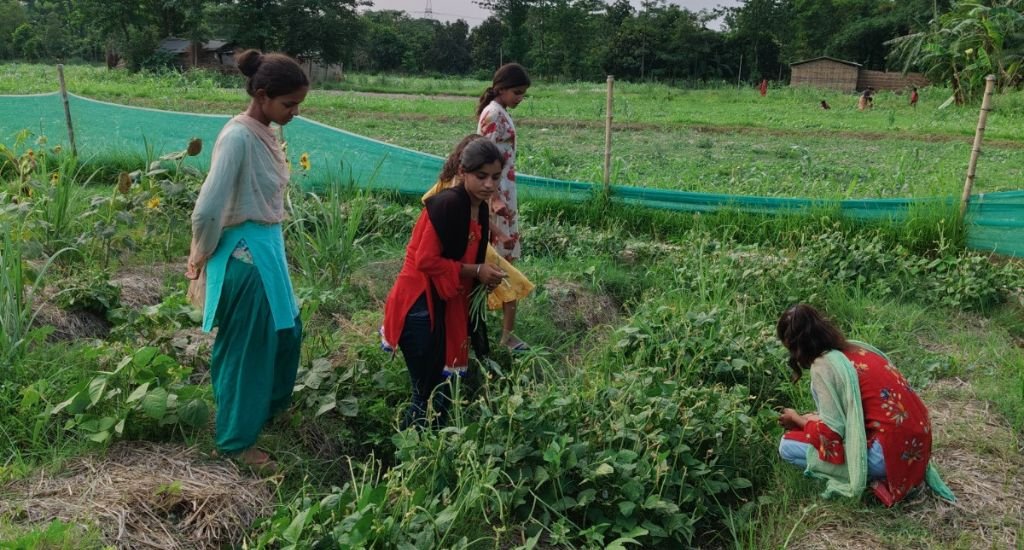The indigenous Tangkhul Naga communities in Ukhrul and Kamjong districts of Manipur and the Somra Tract of Burma are known for their intricate weaving skills, and the vibrant shawls and wraparound garments they produce.

Weaving, particularly backstrap weaving, is believed to have been a part of the Tangkhul Naga community as far back as the origin of the community itself. Cotton was planted locally and yarn was spun from the harvested cotton. The yarns were dyed using locally available materials. This photo shows an old cotton extractor, a spinning wheel and yarns of different colours.
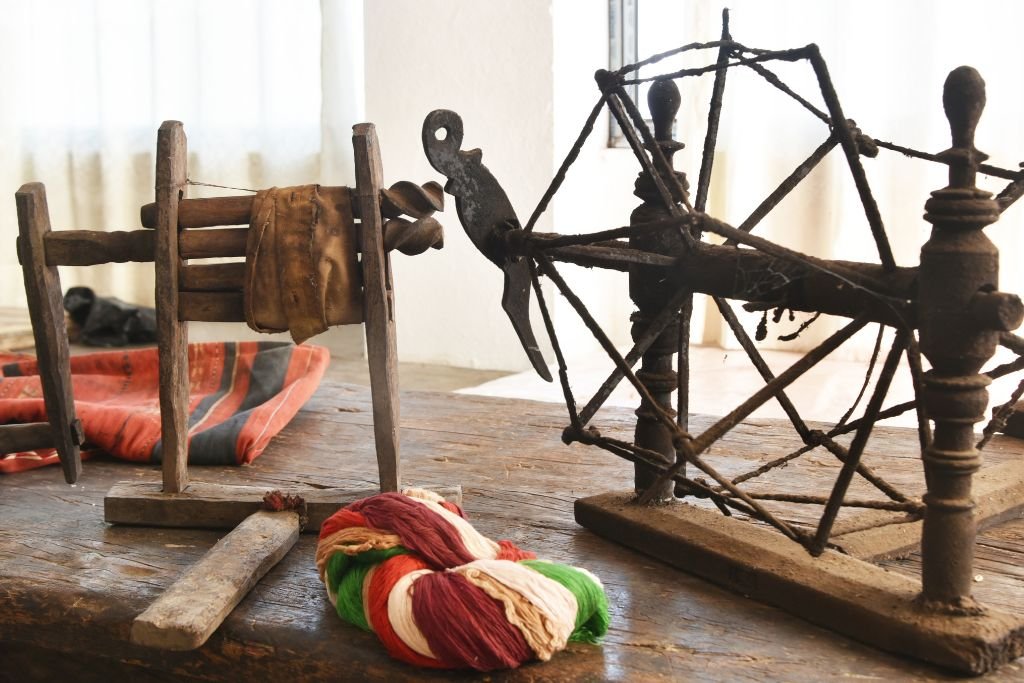
In the days preceding the advent of Christianity and ultimately Westernisation, weaving was an art form every girl who had attained a marriageable age was adept at. Young women spun the yarns in the youth dormitory while men narrated stories and kept them company. The photo is a still from an old Tangkhul feature film Manho (1991) depicting life in a longshim (dormitory) where young women are seen spinning cotton yarn.
While weaving evolved out of necessity, the weavers weren’t complacent about their craft. They became storytellers, telling stories about their lives and the lives of their community through the various motifs and patterns they used in their shawls and wraparound garments.
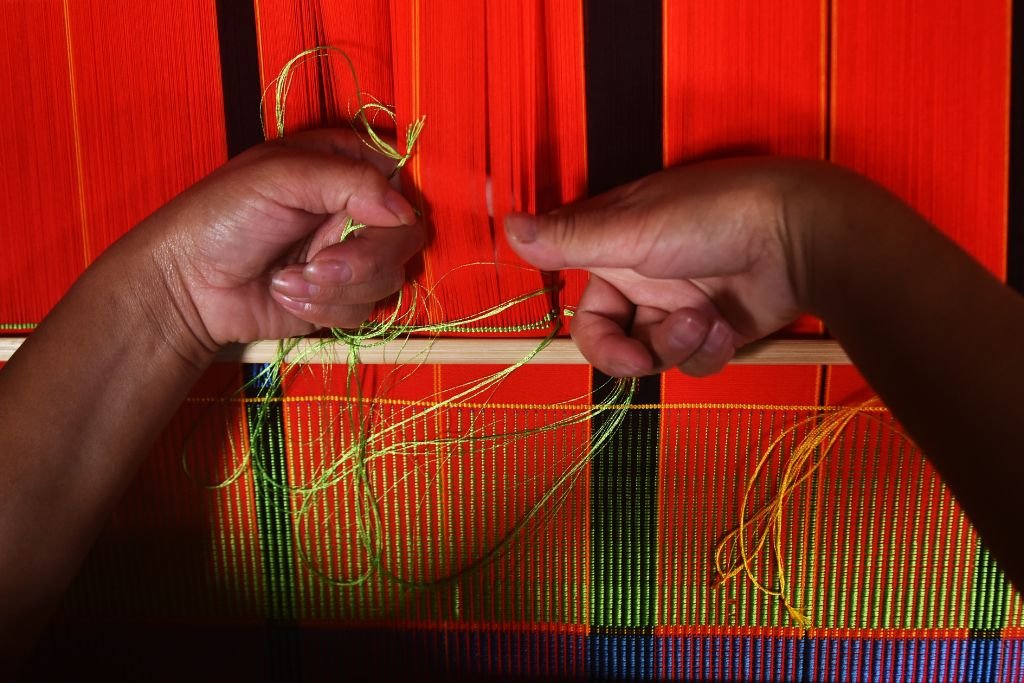
Motifs, such as the khaifa kashan (frog’s waist) and chamva phor (cicada) found in most shawls and wraparound garments tell stories of unrequited love. Other motifs like phorrei and phorra were used to signify differences in class status. This photo shows khaifa kashan, chamva phor and phorrei motifs on different wraparound garments.
